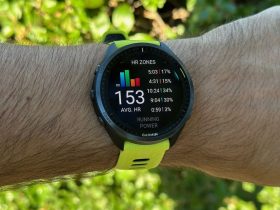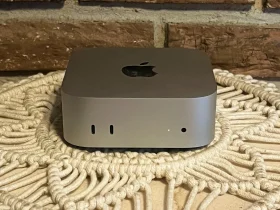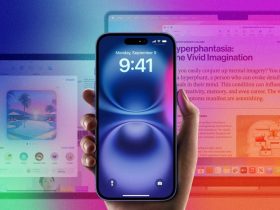Google has recently focused on minimizing the size of Android apps by implementing the Android App Bundle (AAB) format, which became standard for new apps in 2021. This format allows developers to package their apps into bundles that include specific files for various screen sizes, languages, CPU architectures, and Android versions.
Google Play then downloads only the essential components for a particular device, thereby optimizing storage usage. This process is handled automatically by Google Play, ensuring that users receive the most suitable and streamlined version of the app.
Traditionally, “fat APKs” included all possible resources within a single package, making them larger and less efficient. While Google Play could create these full-size APKs from AAB files for convenience, such as sharing apps via APKMirror, it has recently ceased generating fat APKs for many apps.
Instead, only the optimized bundles are available, marking a significant shift in how apps are distributed and sideloaded outside the Play Store.

The shift from fat APKs to app bundles simplifies app management for developers but adds complexity for users who sideload apps. Sideloading now requires additional tools, like APKMirror Installer, Split APKs Installer (SAI), or ADB, to install these bundles.
While this extra step may not be a significant hassle for tech-savvy users, it introduces a minor inconvenience compared to the straightforward installation of fat APKs using Android’s system Package Installer.
Despite this shift, some older apps and Google’s own applications still appear as fat APKs on APKMirror, indicating a transitional phase. However, newer apps, particularly from third-party developers, are increasingly distributed as bundles.
This change primarily affects users who extract and share APKs from their devices, as they now need to ensure all necessary split APKs are included to avoid installation failures on Google-certified devices and those running Android 10 or higher.
Google’s move to stop generating fat APKs aligns with its broader strategy to optimize app performance and storage. While this may complicate the sideloading process, it does not alter Android’s fundamental capability to sideload apps. Developers distributing apps outside the Play Store can still offer fat APKs, ensuring that sideloading remains viable, though slightly more involved than before.







Leave a Reply